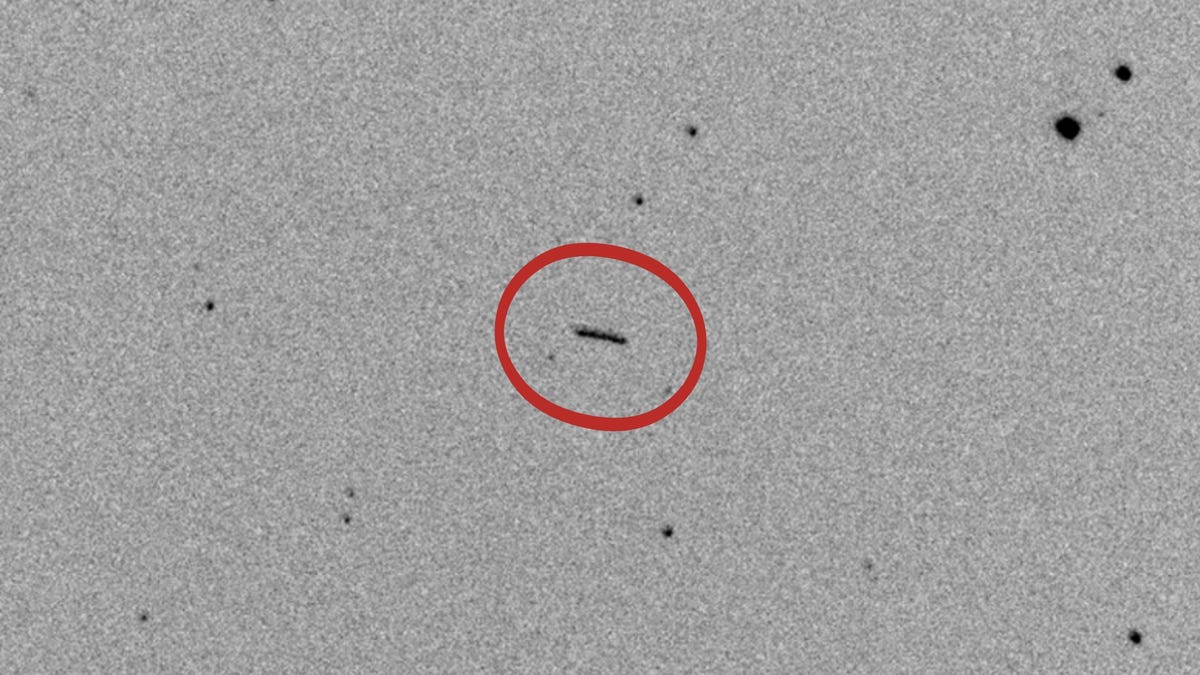Asteroid Spotted a Mere Two Hours Before Impacting Earth
We're getting better at finding the sneakiest asteroids.
Two hours. That's about how much time elapsed between the discovery of asteroid 2022 EB5 and when it reached Earth's atmosphere. The asteroid is only the fifth to have been detected before impact.
Astronomer Krisztian Sarneczky first spotted the asteroid on March 11 with a telescope at the Piszkesteto observatory in Hungary. He reported the sighting to the International Astronomical Union's Minor Planet Center, which tracks near-Earth objects and comets. News of the asteroid spread from there, and calculations showed the space rock had a 100% chance of impact north of Iceland.
Fortunately, the asteroid was very small, roughly 1 meter (3.3 feet) in diameter -- that's half the height of basketball superstar Michael Jordan. An asteroid that small will safely burn up in our planet's atmosphere, but the dainty size also makes it hard to spot.
The thought of an asteroid discovery mere hours before reaching us might make you think "yikes," but the European Space Agency described the news as "rather positive." Researchers have done an excellent job tracking bigger asteroids, so it's impressive they're now finding some of the smaller, sneakier ones. "All five asteroids, spotted before impact, were found since 2008, illustrating how much asteroid observation technologies have improved in the last years," ESA said in a statement.
While 2022 EB5 was relatively tiny, infrasound detectors picked up on the likely impact, which ESA said suggested an energy release equivalent to a magnitude 4.0 earthquake. As detection systems get more sophisticated, it might be possible to warn communities when a small asteroid is inbound. As we saw with the Chelyabinsk meteor in 2013, asteroid impacts can cause considerable damage on Earth.
Thanks to advances in asteroid tracking, we have a pretty good idea of the paths of large, potentially damaging asteroids. In late 2021, NASA launched the DART asteroid-deflection test mission to see if we could bump a hazardous asteroid away from Earth if necessary in the future.
There's not much chance of finding a souvenir from 2022 EB5. "Unfortunately," said ESA, "no conclusive visual or video detections of the corresponding fireball have been located at present, likely due to the remoteness of the impact location."


